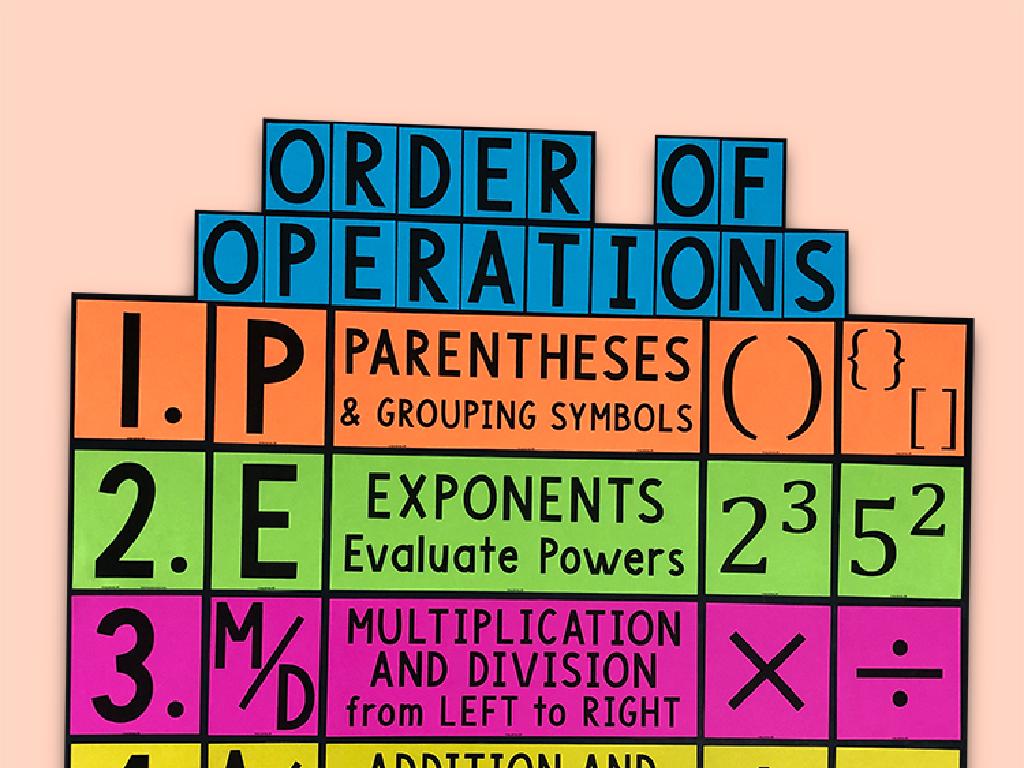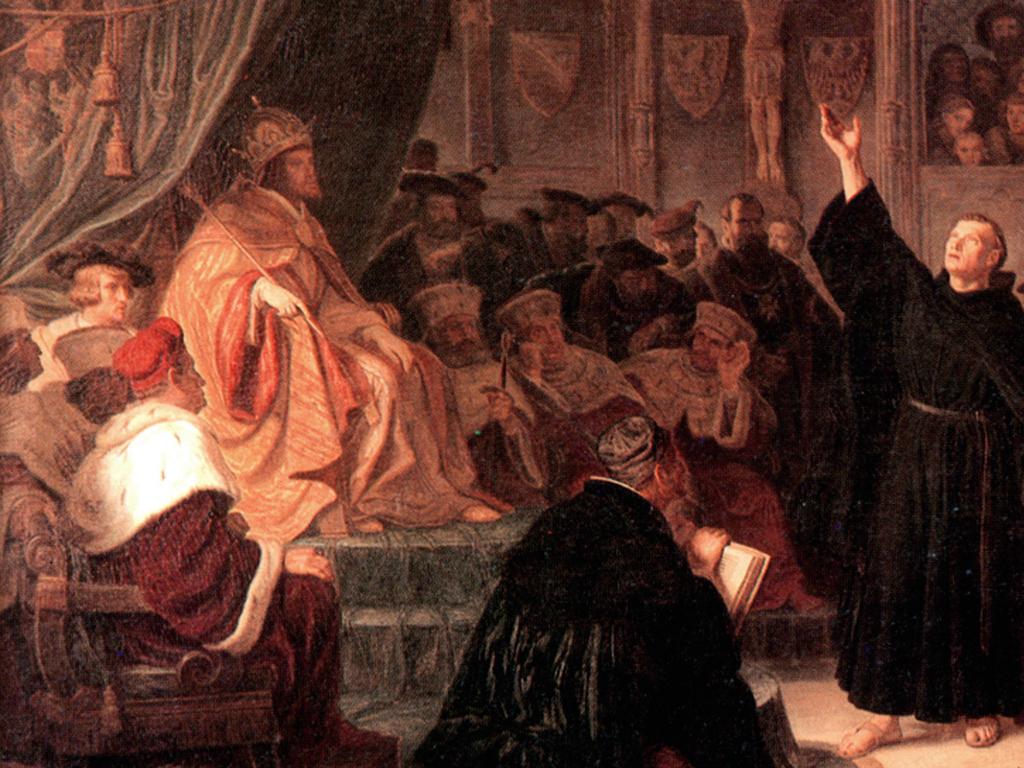Abbreviate Force, Energy, And Electricity Units
Subject: Science
Grade: Eighth grade
Topic: Units And Measurement
Please LOG IN to download the presentation. Access is available to registered users only.
View More Content
Units and Measurement in Science
– Science’s language: Units
– Accuracy in scientific measurement
– Precise measurements are vital for reliable results.
– Units of force: Newton (N)
– One newton is the force needed to accelerate 1 kg of mass by 1 meter per second squared.
– Energy and electricity units
– Energy is measured in joules (J), electricity in volts (V), amperes (A), and watts (W).
|
This slide introduces the concept of units and measurement, which are fundamental to all scientific disciplines. Units provide a standard for communicating and understanding the quantities involved in scientific experiments and theories. Emphasize the importance of accuracy in measurement for reproducibility and validity of scientific work. Introduce the units of force, energy, and electricity, which are newton, joule, volt, ampere, and watt, respectively. Explain that understanding these units is crucial for students as they delve deeper into the study of physics and other sciences. Provide examples of each unit in practice to help students grasp their real-world applications.
Understanding Force in Physics
– Definition and role of force
– Force is a push or pull on an object, crucial for motion
– Force unit: Newton (N)
– The Newton (N) is the SI unit for force, named after Sir Isaac Newton
– Everyday examples of force
– Opening doors, kicking a ball, magnets attracting or repelling
|
This slide introduces the concept of force, a fundamental idea in physics that describes an interaction that causes an object to move, stop, or change direction. Emphasize that force is not just a scientific term but a part of everyday experiences. The unit of force, the Newton (N), is named after Sir Isaac Newton, who formulated the laws of motion. Provide relatable examples such as opening doors, kicking a ball, or the force between magnets to help students connect the concept to real life. Encourage students to think of other examples where they apply force in their daily activities.
Abbreviating Force Units: Newtons
– Abbreviate Newton as ‘N’
– The standard unit of force is the Newton, abbreviated as ‘N’.
– Use ‘N’ in formulas and calculations
– In physics equations, like F=ma, ‘F’ is measured in Newtons (N).
– Practice: Convert 5000 N to kN
– To convert Newtons to kilonewtons, divide by 1,000. 5000 N equals 5 kN.
|
This slide introduces the concept of abbreviating units of force in scientific contexts, specifically focusing on the Newton (N). It’s crucial for students to understand that abbreviating units correctly is essential for clear communication in science. The slide also emphasizes the practical use of these abbreviations in calculations and formulas, which is a common practice in physics and engineering. The conversion practice helps solidify their understanding of the relationship between Newtons and kilonewtons, reinforcing the metric system’s use of prefixes to denote different scales of measurement. Encourage students to work through the conversion example and provide additional practice problems to ensure mastery of the concept.
Understanding Energy and Its Units
– Energy defined as work capability
– Common units: Joule and Calorie
– Joule (J) is the SI unit, Calorie (cal) used in nutrition
– Work-energy principle
– Work done equals energy transferred
– Practical implications
– Understanding energy is crucial in physics and everyday life
|
Energy is a fundamental concept in science, defined as the capacity to do work. The standard unit of energy is the Joule (J), named after James Prescott Joule. Another unit often used is the Calorie (cal), especially in the context of food energy. The relationship between work and energy is key to understanding how forces cause movement and changes in the physical world. This slide will help students grasp the basic definition of energy, familiarize themselves with its units, and comprehend the work-energy principle, which states that work done on an object is equal to the energy transferred to or from the object. Emphasize real-world applications, such as how understanding energy is essential for solving problems in physics, engineering, and environmental science.
Abbreviating Energy Units
– Writing energy units shorthand
– Kilojoules (kJ) vs. Kilocalories (kcal)
– kJ and kcal measure energy; 1 kcal equals 4.184 kJ
– Converting J to kJ: Practice
– 3500 J equals 3.5 kJ (1 kJ = 1000 J)
– Importance of energy unit conversion
|
This slide introduces students to the concept of abbreviating energy units, which is essential for scientific communication and calculations. Emphasize the importance of understanding and using the correct units of energy, such as kilojoules and kilocalories, which are commonly used in physics and chemistry. Provide a clear explanation of the relationship between joules, kilojoules, and kilocalories. The practice problem is designed to reinforce the concept of unit conversion, a critical skill in science. Encourage students to solve the problem and understand that dividing by 1000 converts joules to kilojoules. This exercise will help them become comfortable with energy units and prepare them for more complex problems.
Electricity and Its Units
– Electricity’s role in daily life
– Units of electricity: V, A, W
– Voltage (V) measures electric potential, Ampere (A) measures current, and Watt (W) measures power.
– Relationship between electricity and energy
– Energy is power over time. Watts quantify how much energy an appliance uses per second.
– Practical examples of electrical units
– A lightbulb may use 60 Watts (W), meaning it uses 60 joules of energy per second.
|
This slide introduces students to the concept of electricity and its measurement units, which are crucial in understanding energy consumption and electrical systems. Start by discussing the omnipresence of electricity in our lives, from lighting our homes to powering our gadgets. Explain that voltage, current, and power are fundamental units of electricity, measured in volts, amperes, and watts, respectively. Emphasize the relationship between electrical units and energy, clarifying that a watt is a measure of power, which is the rate of energy usage or transfer over time. Use relatable examples, such as common household appliances and their power ratings, to illustrate these concepts. Encourage students to think of other devices and their power consumption to solidify their understanding.
Abbreviating Electricity Units
– Common electrical units: V, A, W
– V (Volt), A (Ampere), W (Watt)
– Kilowatts and Megawatts
– kW (1,000 Watts), MW (1,000,000 Watts)
– Converting Watts to Kilowatts
– 1 kW = 1,000 W. How to convert?
– Practice: 1500 W to kW
– Divide the watts by 1,000.
|
This slide introduces students to the standard abbreviations for electrical units such as Voltage (V), Current (A), and Power (W). Emphasize the importance of understanding these units for measuring electricity. Explain that larger units like kilowatts (kW) and megawatts (MW) are used for higher power levels, common in household appliances and power plants respectively. For the practice problem, guide students to convert watts into kilowatts by dividing by 1,000, reinforcing their understanding of metric prefixes. This exercise will help them become familiar with the practical application of these units in real-world scenarios.
Class Activity: Unit Conversion Relay
– Divide into small groups
– Receive unit conversion problems
– Race to convert and abbreviate units
e.g., Convert 10 Newtons to dynes and abbreviate (N to dyn)
– Review answers as a class
|
This activity is designed to be a fun and interactive way for students to practice converting and abbreviating units of force, energy, and electricity. Start by dividing the class into small groups, ensuring a mix of abilities in each. Hand out a set of unit conversion problems to each group. The problems should vary in difficulty and include conversions between different units of force (Newtons, dynes), energy (joules, calories), and electricity (volts, amperes). The race element adds excitement and encourages teamwork. After the activity, bring the class together to review the correct answers and discuss any common mistakes or misconceptions. This will reinforce their learning and clarify any confusion. Provide additional examples if time allows, and encourage students to ask questions.






